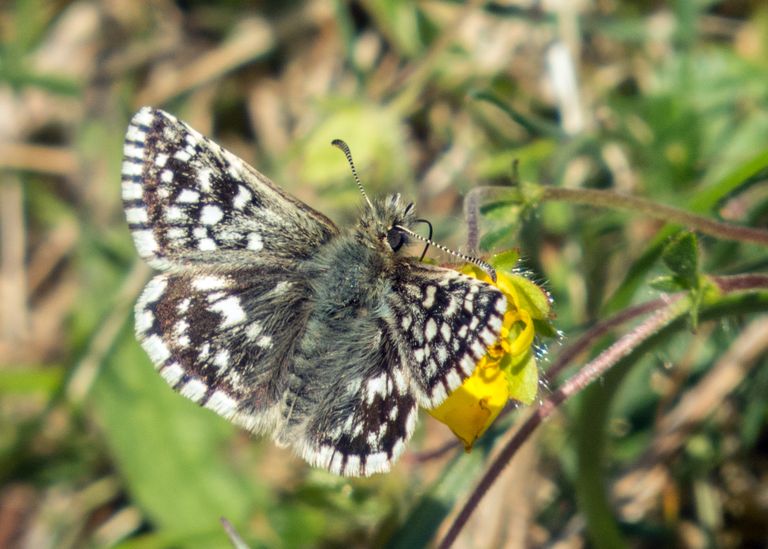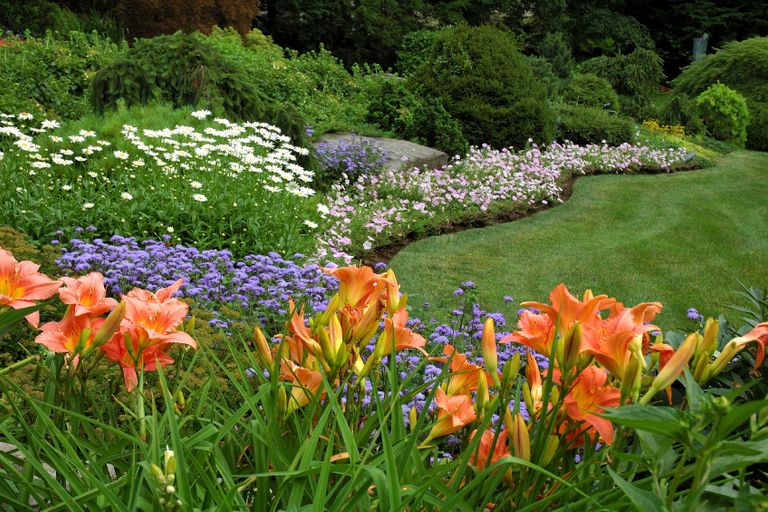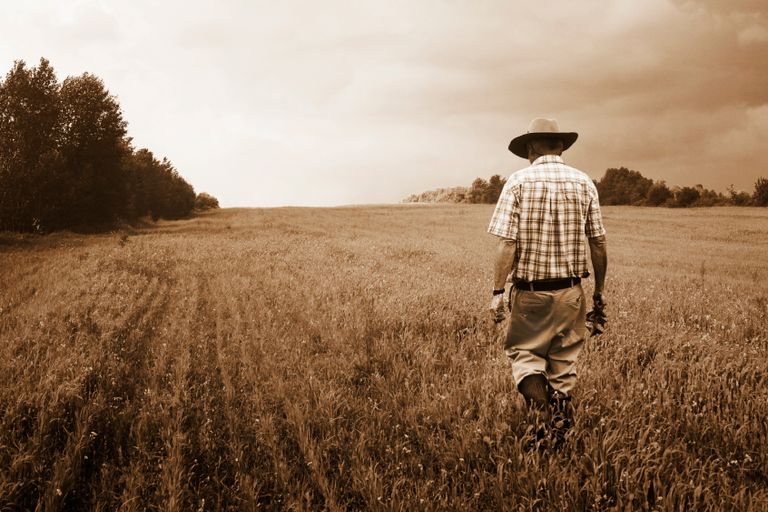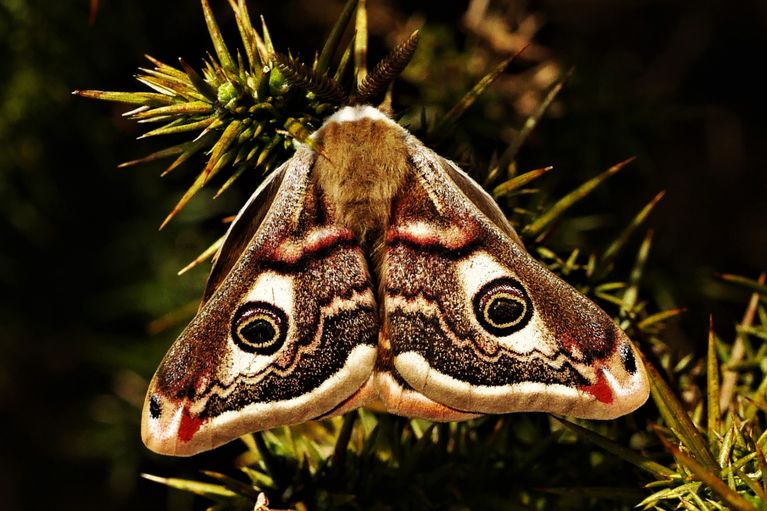Recording Butterflies & Moths
Records are entertaining to keep, interesting to look back on and they help conservation enormously
If we don’t know how species are doing, what is thriving and what isn’t, we cannot hope to halt and reverse declines.
In this section we explain how to record your sightings and how to become involved with surveys and monitoring.

Which method is right for you?
Recording can take as much or as little time as you like. You can do it anywhere you see a butterfly that you can identify.
More information about the different methods will be added as this website is developed and therefore some of the links will redirect you to an external website.
General Recording
Butterfly Conservation's general recording scheme is known as Butterflies for the New Millennium or BNM.
Garden Butterfly Survey
The Garden Butterfly Survey is a project aimed at understanding how butterflies are faring in the UK's gardens.
iRecord App
The iRecord Butterflies is a free app for iPhone & Android that will help you identify & allow you to record your butterfly sightings.
Big Butterfly Count
This is a nationwide survey held every summer asking you to count and record the butterflies and day flying moths you see.
Wider Countryside Survey
Wider Countryside Butterfly Survey (WCBS) requires between two and four visits a year to an allocated 1km square.
Transect Walks
Traditional Transects are walked weekly during a 26-week period between April and September each year.
Reduced Effort Surveys
Single species transects during flight period of the species of interest, adult timed counts, larval web counts and egg counts
Moth sightings
Moth sightings & counts should be sent to the County Moth Recorder. (Neale Mellersh).
What happens to your records?
Butterfly records reported by the above methods will be verified and collated by the relevant geographical Butterfly County Recorder before being added to Butterfly Conservation's national database.
Our Branch Butterfly Records Coordinator is also the Somerset County Recorder and receives records submitted from vice-counties VC5 & VC6. These records form the annual distribution Atlas which is available to branch members.








